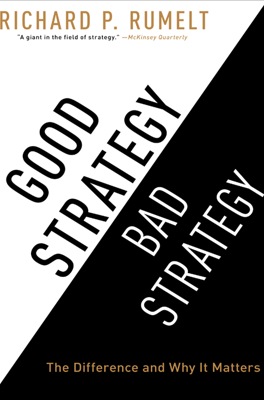Discovering Power
Insights into Power through Unconventional Perspectives
Exploring new sources of strength and weakness by adopting fresh perspectives can significantly affect the success of strategic endeavors. Recognizing or creating leverage points in situations where they were previously unseen forms the basis of superior strategy.
David and Goliath: Recognizing Hidden Strengths
The biblical story of David and Goliath highlights an important strategic insight: apparent weaknesses can be pivotal strengths. David, a young shepherd, defeated the giant warrior Goliath not by conventional combat but by using a sling to exploit a small unprotected area on Goliath's head. This unexpected application of skill and speed over brute force serves as a metaphor for leveraging unique capabilities to conquer seemingly insurmountable challenges.
Sam Walton and Wal-Mart: Redefining Retail with the Small Town Network
Sam Walton's Wal-Mart transformed the retail industry by defying conventional wisdom, which held that successful discount stores required large urban populations to sustain them. Walton's approach:
- Targeted small towns, vastly underserved by major retailers.
- Developed a sophisticated logistics and information system that enabled effective stock management and distribution, leveraging bar-code technology and satellite communications far beyond competitors like Kmart.
- Used an integrated network of stores, distribution centers, and data management to achieve economies of scale and coordination that competitors found difficult to emulate.
Walton’s strategies exhibited how seeing beyond existing norms could uncover new ways to achieve significant competitive advantages, making the network of stores, rather than individual locations, the unit of management.
Andy Marshall: Strategic Competitiveness in Military Planning
Andy Marshall's strategic planning for the U.S. during the Cold War sought to reframe the engagement with the Soviet Union. By focusing on long-term competitive strategies rather than reactionary budget-driven approaches, the U.S. could utilize its superior technological capabilities to impose unsustainable costs on the Soviet Union. Key elements included:
- Targeting investments in technologies that would force the Soviets to incur high defensive expenditures without proportionate gains.
- Encouraging actions that highlighted and exploited Soviet economic and political weaknesses, fundamentally redefining the nature of competitive advantage in geopolitical strategy.
Strategic Insights and Systemic Implementation
Both corporate and military examples emphasize the crucial role of insight in crafting good strategy. Whether redefining the concept of a retail store or adjusting national defense strategy, the key lies in seeing and then leveraging the underlying dynamics and dependencies that others overlook. These cases illustrate how strategic success often depends on a subtle but powerful reimagining of operational arenas, turning conventional wisdom on its head to discover new strategic landscapes.
